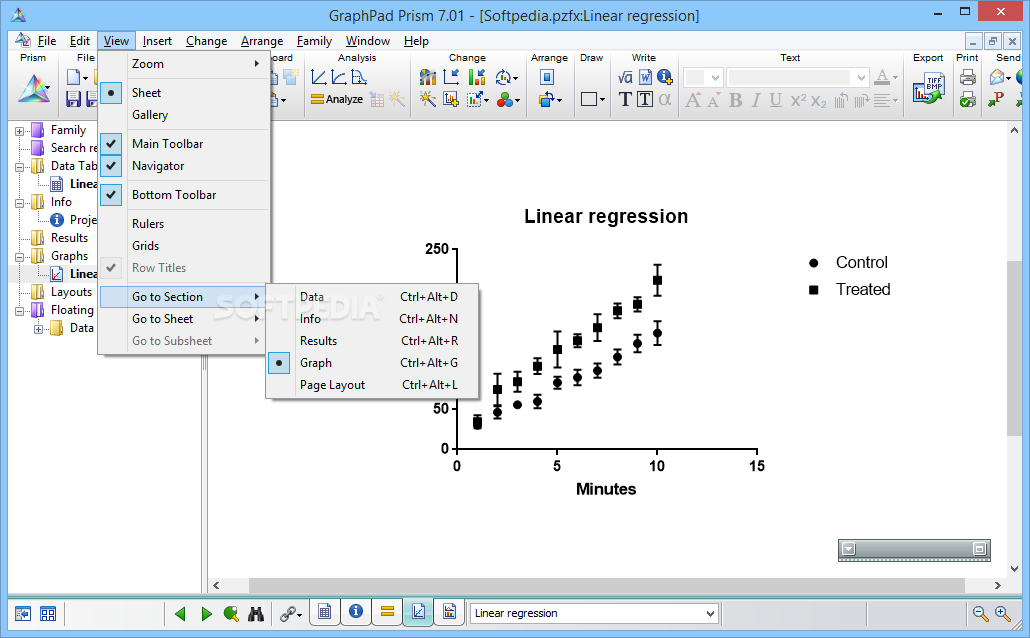

Adipocyte growth causes compression of capillaries and the vasculature becomes insufficient to maintain normoxia in the adipose tissue. Based on studies in rodent models, it has been shown that, as obesity develops, the adipocyte expands to accommodate the accumulating triglycerides. Obesity is defined as an accumulation of excess body fat and is the most frequent nutrition related disease in cats, the prevalence of which varies between 34–45% depending on the study. However, further studies are needed to determine its possible use for detecting inflammation in relation to disease processes or obesity-related low-grade inflammation in cats. The present canine ELISA assay seems to be able to measure circulating feline MCP-1. Circulating MCP-1 concentrations were unaffected by BF% (r 2 = 2.7 × 10 –6, P = 0.21) and other obesity-related markers.

MCP-1 did not correlate with SAA, and there was no difference between the inflammatory (SAA > 20 mg/L) and non-inflammatory group, due to a marked overlap in MCP-1 concentrations. Intra- (2.7–4.1%) and inter-assay (2.2–3.6%) coefficient of variation and dilution recovery were acceptable, and the detection limit was 27.1 pg/mL. A possible correlation between MCP-1 concentrations and obesity related measures (body fat percentage (BF%), insulin sensitivity and cytokine expression) were investigated in another population of 73 healthy, lean to obese, neutered domestic short-haired cats. Analytical precision, dilution recovery and detection limit were calculated. As no golden standard exists for measurement of inflammation, circulating MCP-1 concentrations were compared to SAA measurements, as an indicator of systemic inflammation. Serum obtained from 36 client-owned cats of various breed, age and sex with normal (n = 20) to elevated SAA (n = 16) was used for the validation of the canine MCP-1 ELISA assay. The aim of the study was to validate a canine MCP-1 ELISA assay for use in cats and to investigate whether a difference in MCP-1 concentrations could be detected between: a) cats having normal or elevated circulating serum amyloid A (SAA) levels and b) normal weight and obese cats. In human and murine obesity, adipose tissue dwelling macrophages and adipocytes produce monocyte chemoattractant protein-1 (MCP-1) leading to systemic low-grade inflammation.


 0 kommentar(er)
0 kommentar(er)
